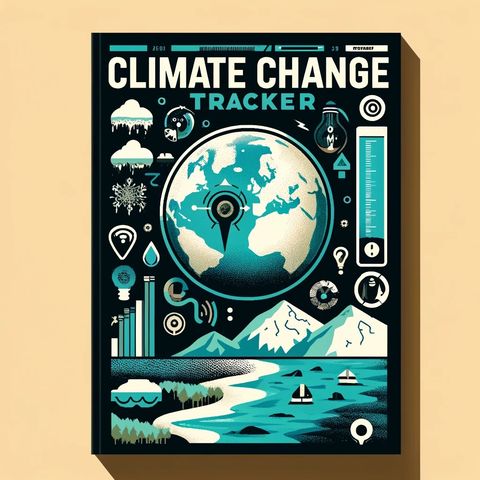15 OCT 2024 · As our planet continues to grapple with the escalating effects of climate change, one of the most perceptible impacts has been on human migration patterns. Recent studies have shed light on how droughts and increased aridity are influencing internal migration across the globe. People are increasingly being forced to leave their homes in search of better living conditions elsewhere, primarily due to the degradation of natural resources that sustain livelihoods, particularly in agriculture-dependent communities.
Droughts, which are periods of severe water shortage, have become more frequent and intense in various parts of the world. These prolonged periods of dryness are not just meteorological anomalies but are increasingly seen as direct consequences of climate change. They disrupt water supply, devastate crops, kill livestock, and can lead to severe food shortages. The chain reaction of these effects can cripple local economies, particularly in regions where agriculture is the primary source of income and sustenance.
Aridity, a permanent feature of climate in certain regions characterized by low rainfall and moisture, is also escalating due to global warming. As temperatures rise, evaporation increases, further reducing the already limited availability of water. This exacerbates the living conditions in arid areas, making them less hospitable and prompting communities to relocate as a survival strategy.
The movement of populations from drought-stricken or arid areas to regions with better water availability and agricultural prospects is a trend that is being increasingly documented. This internal migration is not merely a matter of choice but of necessity, as individuals and families seek access to essential resources such as fresh water and arable land.
However, this displacement comes with its own set of challenges. Migration driven by climatic factors often leads to overcrowding in urban areas or in regions that are ill-equipped to handle a sudden influx of people. This can strain infrastructure, increase competition for jobs, and heighten social tensions. Moreover, migrants often face significant adaptation challenges and may struggle to integrate into new communities, where they can face cultural, linguistic, or economic barriers.
The impacts of climate-driven migration are not just limited to the areas receiving new populations. The regions left behind also suffer. The loss of human capital can hinder any potential recovery from environmental damages, and the shift in demographic patterns can lead to a reduction in economic productivity and a breakdown of social structures.
Addressing the challenges posed by climate-induced migration requires a multifaceted approach. Governments and international organizations need to invest in sustainable development that considers future climatic conditions and their potential impacts. This includes creating robust infrastructure, promoting water conservation, and diversifying economies away from an overreliance on climate-sensitive sectors like agriculture.
Furthermore, policies that enhance the resilience of vulnerable communities to climate impacts are crucial. Such measures can reduce the need for migration as a coping strategy. These policies must be informed by comprehensive data and research on the patterns and effects of climate-driven migration, ensuring targeted and effective interventions.
As the world continues to experience the profound impacts of climate change, understanding and addressing the link between climatic conditions like drought and aridity and human migration will be essential. Providing sustainable solutions for both the areas affected and the populations on the move is not just about adaptation, it is about ensuring a stable and equitable future for all.


